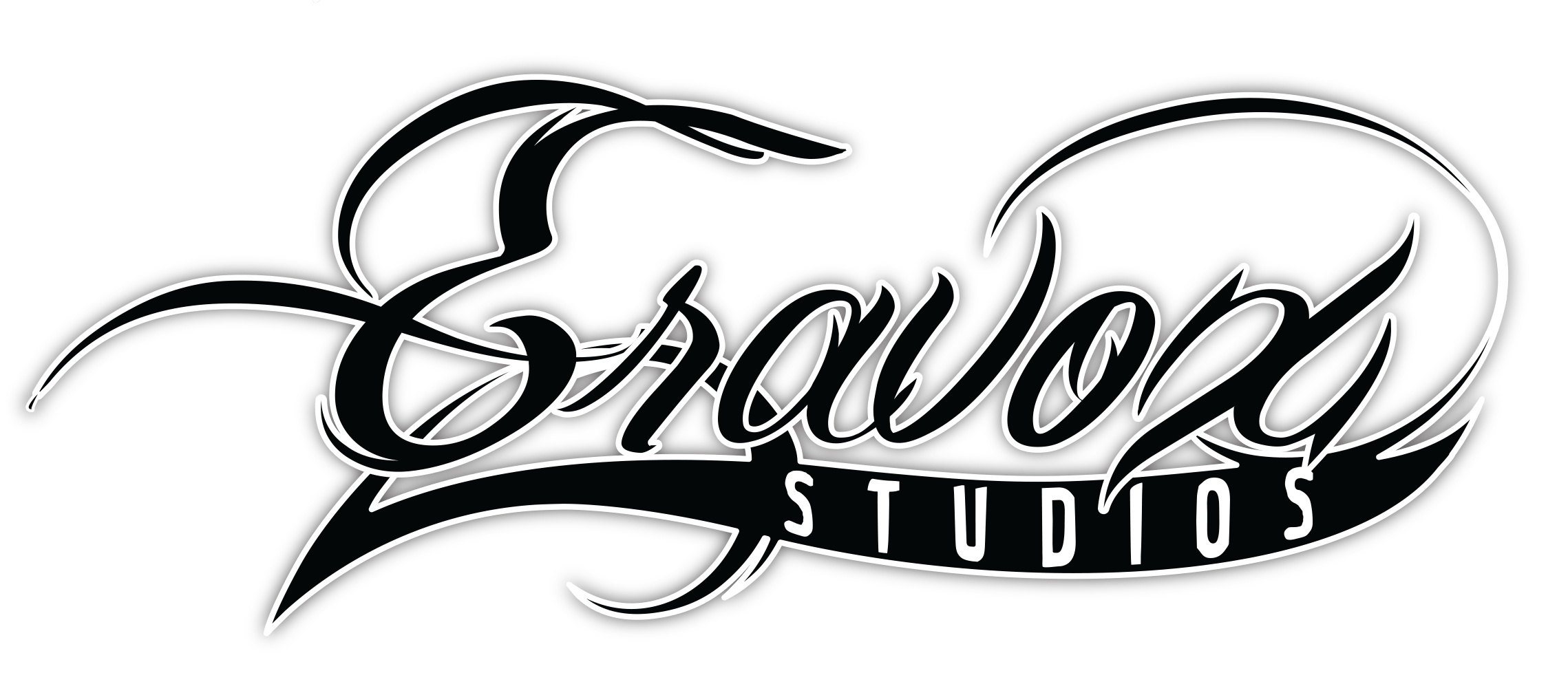Sampling has revolutionized the music industry, offering producers an innovative way to incorporate existing recordings into new compositions. From the iconic beats of hip-hop to the electronic landscapes of EDM, sampling has become a cornerstone of modern music production. However, diving into the world of sampling requires not only creativity but also an understanding of the legal landscape surrounding copyright and intellectual property. In this article, we’ll explore the art of sampling, covering both the creative techniques used by producers and the legal considerations that must be taken into account.
Sampling Techniques:
- Chop and Flip: This technique involves dissecting a sample into individual segments, or “chops,” and rearranging them to create new rhythms and melodies. Producers often use this method to breathe new life into existing recordings, crafting unique compositions from familiar sounds.
- Time Stretching and Pitch Shifting: Time stretching allows producers to manipulate the tempo of a sample without altering its pitch, while pitch shifting enables adjustments to the pitch without affecting the sample’s duration. These techniques offer flexibility in matching samples to the desired tempo and key of a composition.
- Layering and Stacking: Layering multiple samples on top of each other can add depth and complexity to a composition, while stacking involves playing multiple instances of the same sample simultaneously for a richer sonic texture. This approach allows producers to create lush, immersive soundscapes.
- Effects Processing: Applying effects such as reverb, delay, and modulation can transform sampled sounds, adding depth, atmosphere, and character to the final composition. By experimenting with different effects chains, producers can sculpt samples to fit seamlessly within their tracks.
Legal Considerations:
- Obtaining Clearance: Before using a sample in your music, it’s crucial to obtain clearance from the copyright owner of the original recording. This typically involves negotiating a licensing agreement and paying royalties for the use of the sample.
- Using Royalty-Free Samples: To avoid legal complications, many producers opt to use royalty-free sample libraries or sample packs, which provide pre-cleared samples that can be used in commercial projects without the need for additional clearance.
- Understanding Fair Use: While the concept of fair use allows for limited use of copyrighted material without permission for purposes such as commentary, criticism, or parody, sampling for commercial purposes typically requires clearance.
- Seeking Legal Advice: When in doubt, seeking legal advice from professionals experienced in copyright law can help ensure that your sampling practices comply with legal requirements and minimize the risk of infringement claims.
Conclusion:
The art of sampling offers endless creative possibilities for producers, allowing them to draw inspiration from a vast array of musical sources and genres. By mastering sampling techniques and understanding the legal considerations involved, producers can navigate the complex landscape of music production with confidence. Whether you’re crafting beats in your bedroom studio or producing tracks for a global audience, the art of sampling invites you to explore, innovate, and create music that resonates with listeners around the world.
